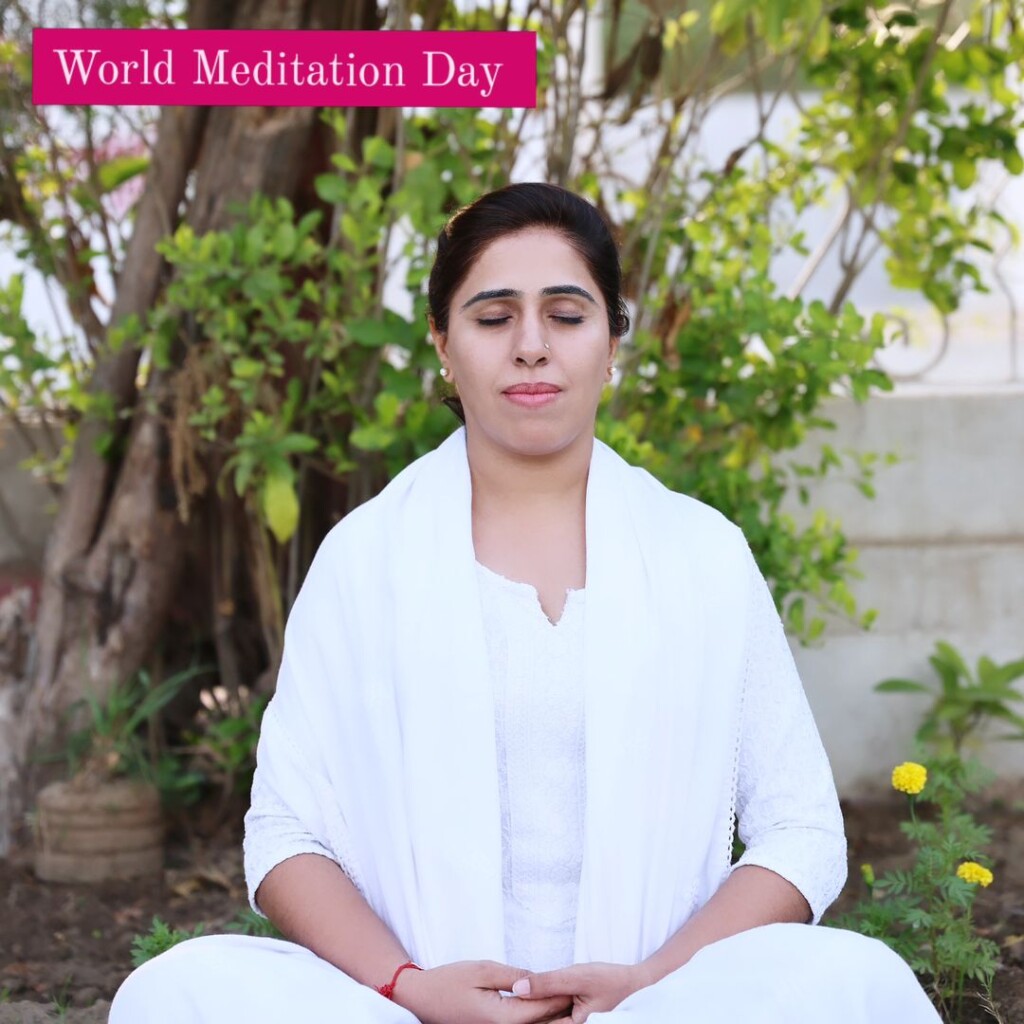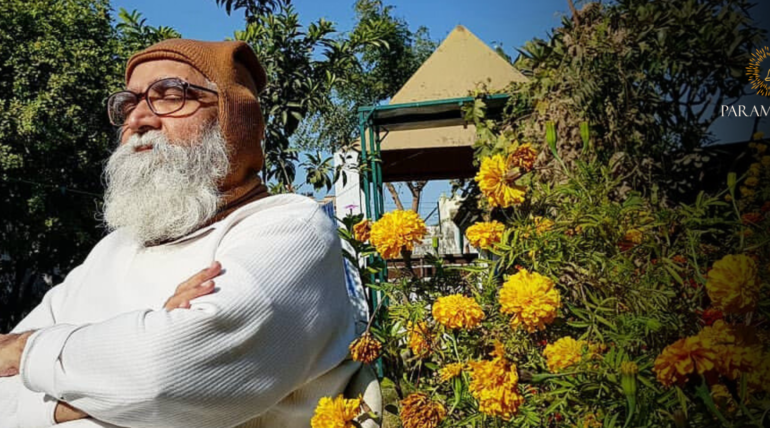In today’s world, it is not easy to find inner peace and be calm and composed all the time. Meditation is one of the most efficient and enjoyable ways of being able to control the mind and minimize stress and anxiety. Some people think that for practicing meditation one needs to be in a special place or even attend some special classes and it is not like that. In a few easy steps, it is possible to integrate meditation into your everyday life, which will positively affect your brain and the body.

How to Do Meditation at Home
Meditation is not a hype; it is something which has been in practice
for the last 5000 years. This plant has been used by people of
different cultures and ages to get relief, help in concentration, and
in self-realization. Meditation is a simple technique that has been
proven to alleviate anxiety, enhance concentration and even increase
the level of immunity. It is a technique that helps to discipline
your mind and ignore all the surrounding noise.
Most people today, including new practitioners, ask how they can
meditate at home without attending classes. The good news is that
with the right coaching and consistent practice, you can master it
from the comfort of your own space. In addition, home meditation
allows you to meditate at any time and does not limit you to the time
you have to go to a public place.
How to Prepare the Environment for Meditation
However, to practice it is important to prepare a room in the house
where the meditation will not be interrupted. This space does not
have to be big or pretentious, nor does it have to be a formal
meeting of the sort. The primary things to consider are that it has
to be a noise-free environment, free from dust and ideally
comfortable. Here’s how to prepare an area
that’s suitable to meditation
Choose a Quiet Area: Choose a place, where there will be no
noise and disturbances, it can be a corner in your living room or
bedroom. This will assist you in paying a lot of attention to what
you are doing.
Make it Comfortable: Choose a comfortable position for sitting
using a yoga mat, cushion or blanket. It has to be comfortable so
that you don’t get distracted by the discomfort.
Declutter: A cluttered environment is stressful and a clean
working environment is welcoming and conducive to productivity. It
would be preferable if the space where you are going to meditate is
as clean as possible.
Add Natural Elements: The introduction of natural elements
into the home environment can help it become more relaxing. As to the
design, it is possible to have a plant, some flowers, or a small
water fountain to make the atmosphere more soothing.
Lighting: It is advisable to take a shower at night with the
help of soft lighting, for example, candles or low light bulbs. Do
not use bright lights, especially those that are glaring as they will
affect learning.
Once you have got your space ready, you can then learn how to
meditate at home. Training the mind to reach a
state of consciousness characterized by the absence of ideas is known
as meditation.
Now that you have prepared the space let us proceed to the meditation
process. To new entrants, meditation can be very daunting but this is
in essence what they need to do is to take it easy and be persistent.
Here are some easy methods to get you started
on your journey.
Breathing Meditation
The technique of breathing known as pranayama
is the basis of meditation. Find a comfortable position with
your back straight and then keep your eyes shut. Close your eyes and
pay attention to your breathing, breathe in through your nose and
breathe out through your mouth. Breathe very slowly and deeply
focusing on the air coming into and out of your lungs. In case you
are distracted, do not fight it but rather calmly remind yourself to
concentrate on the breath. Begin with 5-10 minutes and build up the
time spent on the given task in a more relaxed manner.
Body Scan Meditation
This technique assists you to develop sensitivity and pay attention
to the feelings you have in your body. First, try to concentrate on
your breathing and then try to move your attention through your body
starting from your toes up to your head. Feel any tension, discomfort
or relaxation in each of those areas. It is a good method that can
help you establish a relationship with your body and discharge
stress.
Guided Meditation
In case you consider it difficult to meditate in silence, you can
consider using guided meditation. There are many applications and
websites where you can find guided meditation – an application that
will help you to stay on track. This is particularly helpful to the
learners since it offers them guidance as well as a framework.
Mindfulness Meditation
Being mindful is having the ability to be aware
of the present moment. In this practice, you pay attention to
the thoughts, emotions, and body sensations without having to
criticize them. Get into a comfortable position and just watch your
thoughts as they come and when they go. Do not attempt to alter or
repress them; as they are like clouds that come and go in the sky.
Some Ways to Stick to Meditation
Although it is easy to understand how to do meditation at home, it
becomes quite difficult to adhere to this practice regularly for many
people. Here are a very few tips to help you
maintain a regular daily practice.
Start Small: Do not put yourself under the burden of having to
meditate for long hours upon practising the technique. It is
recommended that a person begins with 5-10 minutes of practice a day
and then increases the time spent on the practice as one gets used to
it.
Set a Routine: It is also important that one should try to
meditate at the same time in a day. This could be in the morning when
you wake up in the evening before going to bed or even in the
mid-day. A schedule makes meditation easier since it becomes a normal
activity that is practised at a certain time of the day.
Be Patient: Meditation is not about getting quick fixes and
quick solutions to problems. Well, it is one of those practices that
require one to take his/her time and learn how to do it in the right
manner. This is not easy at first but do not be discouraged. If you
stick to it and be consistent with the program, you will soon start
seeing the results.
Avoid Distractions: It helps to switch off the phone, the
television or any other devices that may disrupt your meditation
process. It would be advisable to inform your family or your
roommates that you want some time alone.
Track Your Progress: Take a diary where you record the
feelings you have after every session of meditation. Measurement of
progress helps one to carry on as one can see the changes that have
been made in the long run.
Some of the challenges that are most frequently reported and how to
address them.
Still, there are some challenges that you may experience even when
you are practising how to do meditation at home. Here
are some pointers to keep up a consistent routine for you.
Difficulty Focusing: This is perfectly natural since the mind
is bound to wander off especially when one is meditating. Do not get
angry, rather softly guide your attention back to the breath or back
to the current moment.
Restlessness: If you think it is difficult for you to sit down
still, you can take shorter sessions of meditation or even take up
yoga before the meditation.
Impatience: The goal of meditation is not where you are going
to get to but the process of getting there. Don’t expect immediate
results. The necessity of having trust in the
method for enjoying the benefits.
Sleepiness: If you often feel sleepy during meditation, then
do not lie down, but sit on a chair. It is important to meditate in a
well-lit area so as to remain awake.
Meditation is fast becoming the go-to activity for people who want to
improve their health, and this is because it has numerous benefits.
There are many benefits of meditation and when done in the comfort of
your home, there are additional advantages. First, it is, of course,
cost-effective because you do not have to pay for classes or special
equipment. Second, it enables one to practice in a familiar and
comfortable environment thus creating a relaxed environment. Last but
not least, it is flexible for you to practice meditation at home; you
have the freedom to decide when and how long to meditate.
Meditation at home is a great way of mastering psychological health
without having to stick to the timetable or be in a specific place.
The key is consistency. Therefore, even if you are a busy person who
can only spare some minutes in a day for meditation, the results are
very encouraging.
Conclusion
I believe that meditation is a great way to reach inner harmony and
it is not necessary to go to a special studio and invite an
instructor for this. That is why it is easy to learn meditation at
home by following the simple techniques described above and by
creating a special area for meditation. In time, you will also be
able to notice the numerous mental, emotional, and physical benefits
that come with meditating. Therefore, sit comfortably, take a deep
breath and begin your journey towards the practice of meditation
today.



